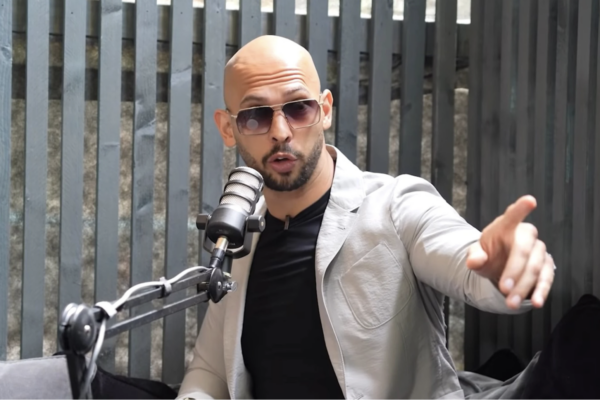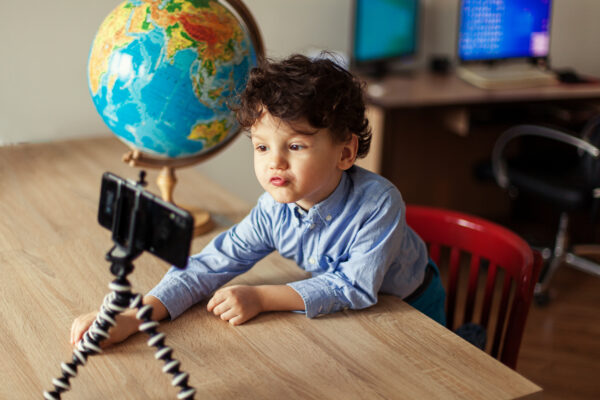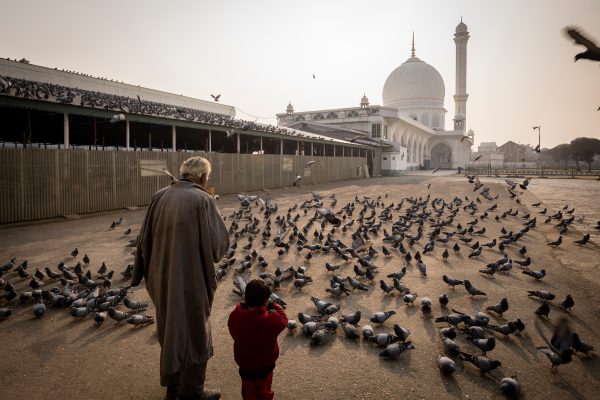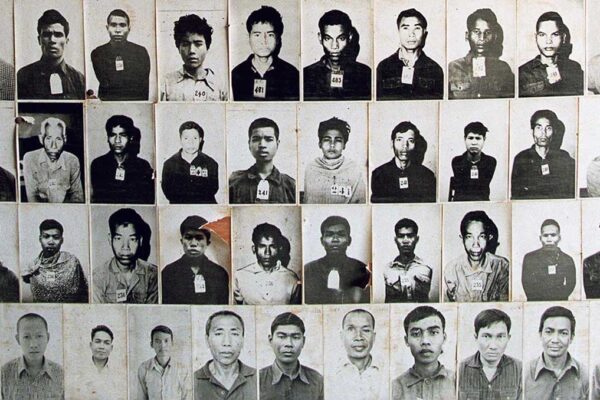As a secondary school teacher, I hope to simply provide an insight into the reality of the effects of such media on teenagers…
As a secondary school teacher, I hope to simply provide an insight into the reality of the effects of such media on teenagers…
As we plunge deeper into a world full of innovation in technological entertainment and social media frenzies, I have recently found myself seriously questioning the effects many of these platforms are having on our youth, as well the naivety of parents in this fast-paced and ever changing society we live in. Don’t get me wrong, there are numerous advantages to so many new and diverse sources of communication and entertainment. However, we are often blind to the risks they pose to children and adolescents.
In this, the first of two articles exploring the main social issues that stem from mediums such as TV, music, social media and console games, I hope to simply provide an insight into the reality of the effects of such media, coupled with my observations as a secondary/high school teacher.
It was the last day of term before Easter holiday, in particular, that prompted me to write this, as well as the exclusion from school of several Muslim children so far this academic year. Please note, I really don’t care whether children are Muslim are not, as I believe the welfare of EVERY child is important and the points I hope to raise apply to all demographics of society.
As it was the last lesson, deemed to be a ‘fun lesson’, I allowed the children, who are thirteen going on fourteen, to ‘chill on their phones’ as long as they didn’t use social media – the root of all disputes these days (a topic best discussed another time). As I marked books, I noticed near on silence. When questioned, pupils almost unanimously said they were watching Netflix on their phone. Perhaps trusting my better judgement and not originally allowing them to use their phones would’ve been wiser, but now I was curious and felt the need to discuss things further. I asked about the phones they had, the contract they were on, who pays for bills, whether it was their own Netflix subscription, what they watch and so on. To my astonishment – and I’m still young and with the times – almost all pupils had the latest smartphone, with a fully paid contract, their own Netflix subscription and were free to watch whatever they wanted without any parental control. They were even viewing series that I watch – like Narcos, House of Cards and Top Boy – all of which have scenes I feel the need to skip! Furthermore, one of the girls said she was going to watch the infamous film 50 Shades of Grey film over the weekend. It was at this point that they could all see the concern and shock on my face, so we discussed things a little further. After some very tactful questions and reasoning on my part, the children – of various ethnicities and religions – all agreed and concluded that they are bombarded with so many scenes of violence, sex, drug and alcohol abuse that many of these social vices just aren’t, for lack of a better word, an ‘issue’ these days. Whilst I almost felt old fashioned, I think what really hit me was the acceptance and desensitisation that existed within these naive and somewhat vulnerable children – and they are just that, children!
“Do not follow that of which you have no knowledge. Indeed! The hearing, the sight and the heart — about each of these you will be questioned.” (Quran 17:36)
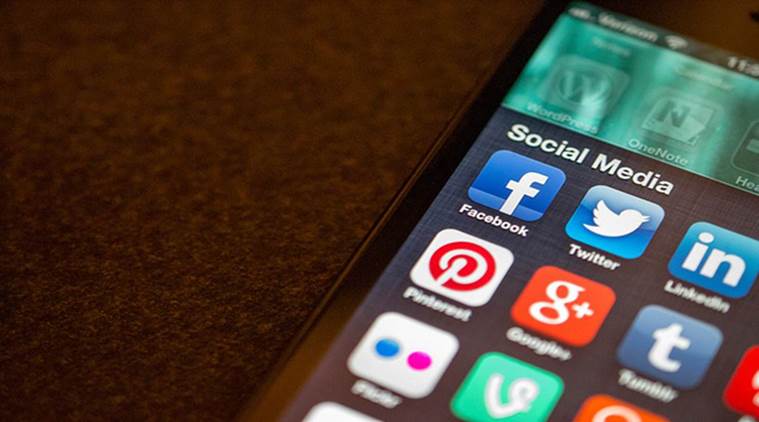
A study carried out by Dr. Steve Martino in 2013, published by research organisation RAND, discovered the following in relation to the links between media and psychosocial issues:
– The more sexual content that kids see on television, the earlier they initiate sexual activity, the more likely they are to regret their early sexual experiences, and the more likely they are to have an unplanned teen pregnancy.
– There is a strong casual connection between youth exposure to violence in the media and violent or aggressive behaviour and thoughts.
– Kids are exposed to nearly 300 alcohol commercials per year. Similarly, more than 80 percent of movies depict alcohol use.
– The motives movie characters convey for smoking can adversely affect adolescents’ real-world smoking risk.
Furthermore, a study in 2005 by the notable pressure group the Keiser Family Foundation found the following in an intense survey:
– In 2005 there were 3,783 (sexual related) scenes in a 1,000-hour sample, compared with 1,930 in 1998.
– It found that 70% of shows had sexual content, ranging from a sexual reference to full depiction, with five sex-related scenes per hour on average.
As responsible adults, whether you are a parent or not, and whether you are religious or not, you don’t even need the studies above to tell you that there are real and alarming links between the mediums children and adolescents interact with and the types of behavioural and social issues they manifest.
To be blunt, consider the following areas of entertainment and their possible vices, remembering that everything about them is not bad, but if left unchecked, our youth are vulnerable.
TV and Films
With so many more scenes of violence, sex, nudity, substance abuse and gore, even during family hours (traditionally 7-9pm), we need to censor what is appropriate for youngsters to watch. The people they watch will often become a source of emulation, and if that is a drug dealer or a beautified popular cheerleader (forgive the clichés) then their perception of reality and aspiration in life will be warped. To give a better idea of how sexual activity has changed over time, a fact sheet released in 2011 by the Family Planning Association, found that the average age of sexual intercourse for both men and women was 16. This is down from 17 years of age from a similar study carried out a decade earlier.
“And the right of your sight is that you lower it before everything which is unlawful to you. And that you abandon using it except in situations in which you can take heed in such a way that you gain insight or acquire knowledge by it. Indeed the sight is the gateway to reflection.” – A Treatise of Rights; The Right of the Eye (Ali ibn Hussain as-Sajjad)
Music
Aside from the traditional view of music being impermissible (haram) in Islam (and that debate is well outside the scope of this article) generally certain types of music are seen to be detrimental to society. In some cases they stereotype specific cultures and result in self-fulfilling prophecies of gang culture and substance abuse, and in other cases the raw sexual content is alarming especially when the age of the listeners are as young as five. For example, in 2008, the song ‘I Kissed A Girl’ by Kate Perry was number one in the UK charts for several weeks, with children of all ages buying the single and singing the lyrics. The song was in reference to a lesbian experience, which the singer romanticised and soon gained fame for doing so. Again, the discussion on homosexuality is for another time, but the point is, we need to pay attention to what children are listening to. Other genres consist of constant references to drug abuse, womanising and gang culture, and yet have become so popular amongst teenage boys in particular. And these mainstream themes show no sign of abating.
And the right of hearing is to keep it pure by not making it the direct pathway to your heart, except for noble words that establish some good in your heart or grant you a noble trait. Indeed hearing is the gateway through which various concepts reach the heart —whether good or evil. And there is no power but in God. – A Treatise of Rights; The Right of the Ear (Ali ibn Hussain as-Sajjad)
Video Games
No-one needs to be told how popular one particular video game is, but the statistics are scary. In late 2013 for example, when Grand Theft Auto (GTA) V was released, it took three days for it to generate over one billion dollars in sales, making it the fastest selling entertainment product in history. This game is filled with violence, seeking gamers to use torture tactics, featuring grotesque depictions of women and general bad taste. Yet, the sales figures don’t lie, and youngsters across the globe are hooked to a game which simply numbs emotion towards what are very serious and sensitive issues in the world we live in.
Social media

Facebook, Snapchat, Instagram, Tinder, Twitter…the list goes on. All these innovative social media platforms, some of which have fantastic uses, are also places of much controversy. From child sexual grooming to radicalisation, there is a plethora of issues that arise from social media platforms. On a more day to day basis, children are using these sites and apps to express emotions in very unhealthy ways. This also extends to it being a major source of e-bullying, and the unmonitored sexual freedoms that exist online. From my experience in dealing with teenagers and social media, there are far too many conflicts that emanate as a result of irresponsible use of social media. The vast amount of freedom teenagers have been afforded both by parents and the owners of social media has resulted in unprecedented exchanges of sexualised images. From pouting poses to ‘nudes’ (pictures of one’s self posing fully or partially nude), many girls, in particular, face increasing pressure to post revealing and risqué pictures of themselves. Coupled with sexualised advertising that bombards children on a daily basis, there is an alarming risk that children are interacting with sexual issue they can’t fully comprehend, and far too young an age. Social media ‘celebrities’ all too often romanticise a hedonistic, narcissistic lifestyle, setting concerning ideals for our youngest generation.
Tell the believing men to lower their gaze, and protect their private parts. That is purer for them. Verily, Allah is All- Aware of what they do. And tell the believing women to lower their gaze, and protect their private parts and not to show off their adornment… (Quran 24:30-31)
1700 words of (unintentional) scaremongering later, it is my belief parents, carers, children, community members and society in general need to take a long hard look at the influence entertainment is having on our youth. As I have said, there are many advantages and developments that stem from these innovations, but we need to be mindful about the holistic effects they are having. As I once heard a scholar say, “a knife can be used to cut an orange or to inflict harm”, and if we responsibly nurture our youth, we will most certainly see the fruits in the future.
As for practical ways in which I believe we can nurture, safeguard and nourish children at various ages, I will be including them part 2 of this series.
And verily God is the all-Knowing.







